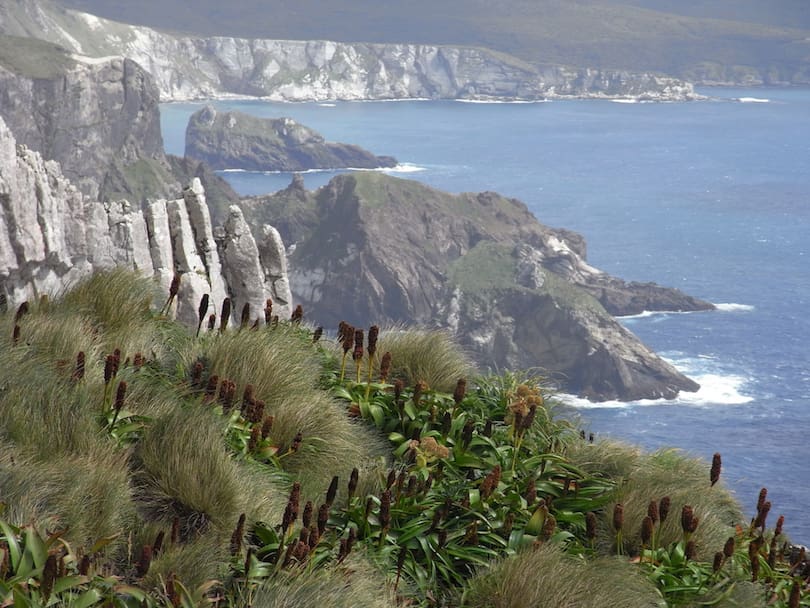Kohima, the capital city of Nagaland in Northeast India, is a charming hill station that offers a unique blend of natural beauty, history, and rich cultural heritage. Nestled amidst lush green hills and surrounded by picturesque landscapes, Kohima is a paradise for nature lovers and adventure enthusiasts. Whether you’re seeking tranquility, historical insights, or thrilling experiences, Kohima has something to offer for everyone. In this comprehensive tour guide, we will explore the fascinating attractions, adventure activities, local cuisine, accommodation options, shopping opportunities, and essential tips to make the most of your visit to Kohima.
Introduction to Kohima Hill Station
Kohima, situated at an altitude of approximately 1,444 meters (4,741 feet) above sea level, is known for its pleasant climate and breathtaking vistas. The town is inhabited by the indigenous Naga tribes, who have preserved their rich cultural heritage despite the modern influences. Kohima acts as a gateway to explore the enchanting beauty of Nagaland and the neighboring states of Manipur and Assam.
History and Culture of Kohima
Kohima has a fascinating history intertwined with the World War II battle that took place here between British and Japanese forces. The Kohima War Cemetery stands as a solemn reminder of the sacrifices made during the war. The Naga tribes have a vibrant cultural heritage, which is reflected in their traditional festivals, music, dance forms, and intricate handicrafts.
Best Time to Visit Kohima
The best time to visit Kohima is during the months of October to May when the weather is pleasant and favorable for outdoor activities. The summer months of April and May offer a respite from the scorching heat of the plains, while the winter months of December and January provide a chilly yet serene ambiance.
How to Reach Kohima
Kohima is well-connected by air, rail, and road networks. The nearest airport is Dimapur Airport, approximately 74 kilometers (46 miles) away from Kohima. From the airport, one can hire a taxi or take a shared cab to reach Kohima. Dimapur also has a railway station with regular train services. From Dimapur, you can take a taxi or bus to Kohima, which takes around 3-4 hours.
Attractions in Kohima
Kohima War Cemetery
The Kohima War Cemetery is a significant historical landmark and a memorial dedicated to the soldiers who fought in the Battle of Kohima during World War II. The beautifully maintained cemetery is a serene place that pays homage to the brave soldiers and offers a panoramic view of the city.
Kohima Museum
The Kohima Museum is a must-visit for history enthusiasts. It showcases the rich cultural heritage, traditional artifacts, weaponry, and photographs related to the Naga tribes. The museum provides valuable insights into the history, traditions, and lifestyle of the indigenous people.
Naga Heritage Village
The Naga Heritage Village, located in Kisama, near Kohima, offers a glimpse into the diverse tribal cultures of Nagaland. The village showcases traditional houses, handicrafts, costumes, and cultural performances of various Naga tribes. Visiting during the Hornbill Festival, held in December, provides an immersive experience of Naga culture.
Dzükou Valley
Dzükou Valley is a pristine natural paradise situated at an altitude of around 2,438 meters (7,999 feet). Known as the “Valley of Flowers,” it offers breathtaking views of lush green hills, colorful flowers, and gushing streams. The valley is a trekker’s delight and is famous for its challenging yet rewarding trails.
Japfu Peak
Japfu Peak, the second-highest peak in Nagaland, offers panoramic views of the surrounding valleys and hills. Trekking to the peak is a popular activity, especially during the Rhododendron Festival when the hills are covered in vibrant blooms. The trek offers a rewarding experience and a chance to witness the diverse flora and fauna of the region.
Kohima Zoo
Kohima Zoo, also known as the Nagaland Zoological Park, is home to a variety of indigenous and exotic animal species. The zoo aims to conserve and protect the region’s wildlife. Visitors can observe rare animals like the Blyth’s Tragopan, a pheasant species found in Nagaland, and learn about the rich biodiversity of the area.
Adventure Activities in Kohima
Kohima offers a range of adventure activities for thrill-seekers and nature enthusiasts.
Trekking
The hilly terrain of Kohima provides excellent opportunities for trekking. From easy walks to challenging treks, there are options for all skill levels. The Dzükou Valley trek, Japfu Peak trek, and Pulie Badze trek are popular among adventure enthusiasts.
Wildlife Spotting
Kohima is home to diverse wildlife, including rare and endangered species. Exploring the forests and national parks around Kohima offers a chance to spot animals like the Hoolock Gibbon, Indian Bison, and several bird species.
Bird Watching
Bird watching is a delightful activity in Kohima, with its rich avian diversity. Keen birders can spot colorful species like the Blyth’s Tragopan, Naga Wren Babbler, and Oriental Pied Hornbill in their natural habitats.
Camping
Camping amidst the serene landscapes of Kohima is a rejuvenating experience. Several campsites in and around Kohima offer camping facilities, allowing visitors to connect with nature and enjoy starlit nights.
Local Cuisine in Kohima
Kohima’s culinary scene is a blend of traditional Naga delicacies and modern fusion cuisine. Naga cuisine is known for its unique flavors and the use of locally sourced ingredients. Some popular Naga dishes include smoked pork, bamboo shoot curry, and fermented soybean stew. There are also restaurants serving continental, Indian, and Chinese cuisines to cater to diverse tastes.
Accommodation Options in Kohima
Kohima offers a range of accommodation options to suit different budgets and preferences.
Luxury Hotels
For those seeking luxury and comfort, Kohima has upscale hotels that provide premium amenities, excellent service, and breathtaking views of the surrounding hills.
Budget Hotels
Budget hotels and guesthouses are available in Kohima for travelers looking for affordable accommodation without compromising on basic facilities and comfort.
Homestays
To experience the warmth and hospitality of the locals, opting for homestays is a great choice. Homestays provide a glimpse into the everyday life of the Naga people and offer a more personalized experience.
Shopping in Kohima
Kohima is a paradise for shoppers looking for unique handicrafts, traditional artifacts, and indigenous Naga attire.
Local Handicrafts and Artifacts
The markets in Kohima are filled with beautiful handicrafts made by skilled Naga artisans. From intricate bamboo works to woven textiles, tribal jewelry to wood carvings, there’s a wide range of traditional crafts to choose from.
Traditional Naga Attire
Kohima offers an opportunity to buy traditional Naga attire, including handwoven shawls, sarongs, and intricately designed accessories. These authentic garments reflect the vibrant cultural heritage of the Naga tribes.
Safety Tips for Visitors
While visiting Kohima, it’s essential to keep certain safety tips in mind to ensure a pleasant and secure trip:
- Respect the local customs and traditions of the Naga tribes.
- Follow the instructions of the local authorities and trekking guides during outdoor activities.
- Carry appropriate clothing and footwear suitable for trekking and outdoor adventures.
- Stay hydrated and carry essential medications, especially if you have any specific medical conditions.
- Maintain basic hygiene practices and carry mosquito repellents to protect against insect bites.
- Ensure that you have travel insurance that covers medical emergencies and trip cancellations.
Conclusion
Kohima Hill Station in Nagaland is a hidden gem that offers a perfect blend of natural beauty, historical significance, and rich cultural heritage. From exploring the historical landmarks and museums to indulging in adventure activities and savoring the local cuisine, Kohima has something for every traveler. The serene landscapes, warm hospitality of the Naga people, and the vibrant cultural experiences make Kohima a destination worth exploring.
FAQs
- What is the best time to visit Kohima? The best time to visit Kohima is from October to May when the weather is pleasant and favorable for outdoor activities.
- How can I reach Kohima? Kohima is well-connected by air, rail, and road. The nearest airport is Dimapur Airport, and regular train services are available to Dimapur. From there, you can hire a taxi or take a bus to Kohima.
- What are the must-visit attractions in Kohima? Some of the must-visit attractions in Kohima include the Kohima War Cemetery, Kohima Museum, Naga Heritage Village, Dzükou Valley, Japfu Peak, and Kohima Zoo.
- What adventure activities can I enjoy in Kohima? Kohima offers adventure activities like trekking, wildlife spotting, bird watching, and camping amidst the picturesque landscapes.
- Where can I buy traditional Naga handicrafts in Kohima? You can explore the local markets in Kohima to find a wide range of traditional Naga handicrafts, including bamboo works, woven textiles, tribal jewelry, and wood carvings.






